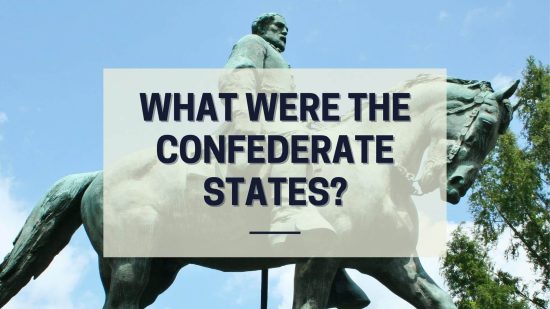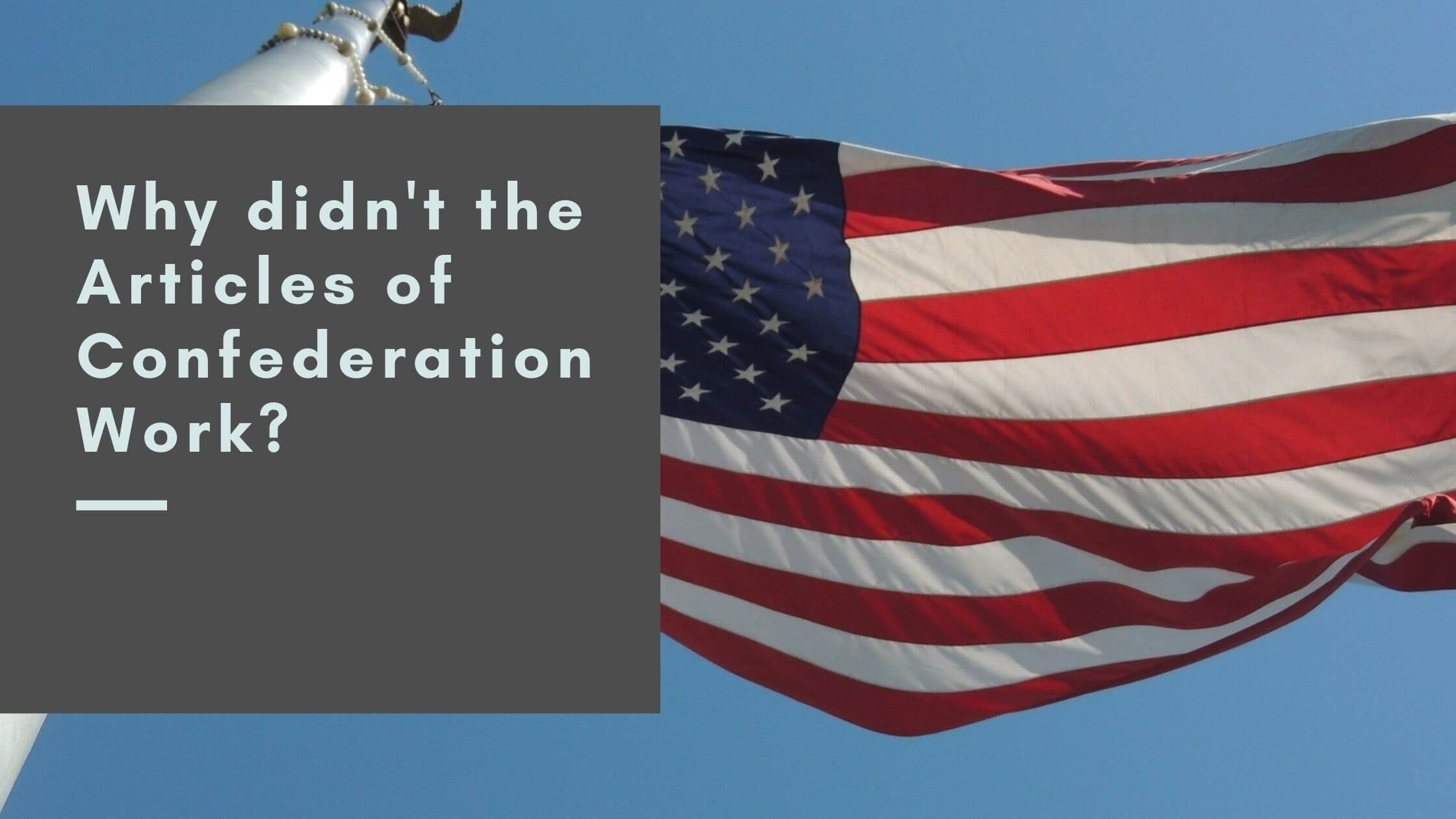Table of Contents
ToggleSources
- https://www.britannica.com/topic/Confederate-States-of-America
Britannica provides a comprehensive overview of the Confederate States of America, including its formation, government structure, and role in the Civil War. It's a highly authoritative source for historical information. - https://www.history.com/topics/american-civil-war/confederate-states-of-america
History.com offers detailed articles on the Confederate States, including the political and economic factors leading to secession and the Civil War. It's a reliable source for historical context. - https://www.nps.gov/civilwar/background.htm
The National Park Service provides authoritative background on the Civil War, including the early successes of the Confederacy and key battles like Fort Sumter and Bull Run. It's a trusted government source. - https://www.loc.gov/collections/civil-war-glass-negatives/articles-and-essays/time-line-of-the-civil-war/1861/
The Library of Congress offers a detailed timeline of the Civil War, including the Confederate government's struggles and key military engagements. It's a primary source for historical accuracy. - https://www.archives.gov/research/military/civil-war
The National Archives provides primary documents and records related to the Civil War, including the Confederate government's economic policies and military strategies. It's an authoritative source for original historical data.
Key Points
- Slavery became a major political issue in the 19th century, despite initial hopes it would fade away.
- The cotton gin revitalized slavery by making cotton production highly profitable, increasing demand for slave labor.
- Southern states seceded to form the Confederacy due to fears of northern dominance and threats to slavery's expansion.
- The Confederacy had early military success due to strong leadership and defensive advantages.
- Robert E. Lee's leadership in the eastern theater prolonged the Confederate war effort with key victories.
- The Confederate government struggled with weak central authority, economic instability, and inflation.
- Economic and logistical problems hampered the Confederacy's ability to supply its armies and maintain manpower.
- The Battle of Gettysburg and fall of Vicksburg in 1863 marked major turning points against the Confederacy.
- Ulysses S. Grant's aggressive tactics and Lincoln's reelection in 1864 sealed the Confederacy's fate.
- Lee's surrender in 1865 and the dissolution of the Confederate government ended the Civil War and secession attempts.
Summary
The blog post outlines the formation of the Confederate States of America, driven by tensions over slavery and states' rights, and its early military successes in the Civil War under leaders like Robert E. Lee. However, internal governmental struggles, economic instability, and key defeats like Gettysburg and Vicksburg led to the Confederacy's eventual collapse in 1865, marking the end of its secessionist efforts. The post highlights how the Confederacy's initial advantages were undermined by systemic weaknesses and Union resilience.

Get Smarter on US News, History, and the Constitution
Join the thousands of fellow patriots who rely on our 5-minute newsletter to stay informed on the key events and trends that shaped our nation's past and continue to shape its present.
The Confederate States – Background and Formation
The institution of slavery dominated much of American politics during the first half of the 19th century, becoming a significant source of dissension between the northern and southern states. Interestingly, slavery was not a major topic of discussion during the Continental Congress or the early days of the American republic. Many Founding Fathers seemed opposed to slavery, viewing it as a necessary evil that would eventually be phased out over time. They didn’t want to take a hardline anti-slavery stance that would risk breaking apart the newly founded nation in its early days.
The invention of the cotton gin by Eli Whitney, which created a more efficient method for separating cotton seeds from cotton, soon put paid to the notion that slavery would die out. Cotton, one of the staple crops of the southern states, could now be cultivated and exported on a colossal scale, and the demand for slave labor in the southern states to grow cotton increased exponentially. Slavery, once thought to be a dying, out-of-date institution, became inextricably linked with the southern states.
While many northerners were content to let slavery exist in the southern states, they did not want slavery to continue to expand further through North America into new territories and states. The southern states felt threatened by the growing influence of the more populous northern states, fearing that they would prevent the expansion of slavery and then use their superior political power to eliminate it altogether. The election of Abraham Lincoln eventually convinced 11 southern states to secede and form their own country known as the Confederate States of America or the Confederacy.
Confederacy – Initial Success in the Civil War
Despite having a fraction of the manpower and industrial capability of the northern states, the Confederacy was able to enjoy some early success in the Civil War against the Union. The Confederacy possessed many of the top military leaders of the country, many of whom gained valuable experience in the Mexican-American War from 1846 to 1848. It also had the advantage of being able to conduct a defensive war among familiar territory, forcing the Union army to conduct an offensive war in hostile territory.

The Confederacy won the first official battle of the Civil War, the Battle of Fort Sumter, a relatively minor engagement with significant political implications. It also won the First Battle of Bull Run, the first major land engagement between Union and Confederate forces. Although the Confederacy never was able to generate much success in the western theater, its success in the eastern theater under the exceptional leadership of General Robert E. Lee helped to prolong the Confederate war effort.
Lee inflicted major defeats on the Union army at the 2nd Battle of Bull Run and the Battle of Fredericksburg, resulting in about 27,000 Union casualties to the cost of only 13,000 Confederate casualties between the two battles. He also inflicted another major defeat on the Union army at the Battle of Chancellorsville, but at a heavy cost, inflicting 17,000 Union casualties but taking 13,000 Confederate casualties. The Union army struggled to match the leadership of Lee, cycling through multiple generals in the eastern theater during the early days of the Civil War.
Confederate Governmental Struggles
Unlike the Confederate army, the Confederate government was never able to achieve much success during the Civil War. After the initial camaraderie between southern states in the early days of secession, the weaknesses of the Confederate governmental structure soon became apparent. The Confederate government led by President Jefferson Davis needed strong centralized authority to carry out the war but was constantly rebuffed by the same states’ rights principles that the Confederate states had used to justify secession.

The Confederacy was also plagued by a weak, unstable economy that worsened each year of the war. While the Union government struggled with economic problems as well, they were able to adequately finance the war through a combination of taxation, bonds, and printing of limited amounts of money. The inability of the southern states to agree on taxation and a uniform monetary policy ultimately resulted in the Confederate government simply printing money, causing horrific inflation.
The lack of unity among southern states and economic struggles prevented the Confederacy from adequately supplying their armies, which severely hampered the war effort. Many soldiers also deserted to go back to their farms to provide for their families, who were increasingly affected by the dwindling supply of food, straining an already limited supply of southern manpower. By 1865, the Confederacy was unable to field an effective army to effectively combat the Union army.
Twilight of the Confederacy
Despite the inability of the central government to provide adequate support, the Confederate armies in the eastern theater outperformed their Union counterparts through the first half of 1863. A few months after the Battle of Chancellorsville, Lee invaded the North, seeking to relieve war-torn Virginia of constant warfare and strike a decisive blow against the Union army on northern soil. However, Lee was decisively beaten at the Battle of Gettysburg, suffering a staggering casualty total of about 28,000, numbers he would never be able to replace.

The day after Lee’s defeat at Gettysburg, the last Confederate stronghold on the Mississippi River located at Vicksburg surrendered, giving the Union complete control of the river. The Confederate war effort in the West, which had gone badly from the outset of the war, was never able to recover. However, the war would continue to rage on for another two years as Lee continued to effectively hold off the main Union army in Virginia, albeit in a more limited scope.
The appointment of General Ulysses S. Grant as General-in-Chief and the reelection of President Abraham Lincoln in 1864 ended any last Confederate hopes of independence. President Lincoln, who had observed Grant’s superb leadership capabilities in the western theater, gave him carte blanche to conduct the war effort as he saw fit. Grant responded by attacking the Confederacy at all times and on all fronts, preventing the severely depleted Confederate forces from ever consolidating their forces.
End of the Confederate States
Eventually, Lee saw the futility of continuing the war effort and surrendered his forces to General Grant on April 9, 1865. Although the Confederate government made initial plans to prolong the fight, President Davis officially disbanded the government on May 5, 1865, and was captured by Union forces five days later. Never again would any state or group of states attempt to secede from the United States.
What Were the Confederate States? Quiz
Frequently Asked Questions
What event significantly increased the demand for slave labor in the southern states?
Why did the southern states secede and form the Confederate States of America?
What were some reasons for the Confederacy's early success in the Civil War?
What were the major weaknesses of the Confederate government during the Civil War?
What events marked the decline of the Confederacy during the Civil War?
How useful was this post?
Click on a star to rate it!
Average rating / 5. Vote count:
No votes so far! Be the first to rate this post.
We are sorry that this post was not useful for you!
Let us improve this post!
Tell us how we can improve this post?








One Response
“Interestingly, slavery was not a major topic of discussion during the Continental Congress or the early days of the American republic.” This is historically incorrect. Both Paine and Jefferson wrote diatribes against slavery. All but two states voted for anti-slavery at the Constitutional Convention: Georgia an Carolina would not ratify the Constitution with that clause. A 20 year moratorium was agreed. However, the Bill of Rights contained all the ingredients for the ban. In accordance, in 1808, importation of slaves (from Africa etc.) was federally outlawed. Do not fall for the revisionist history of the Marxists.